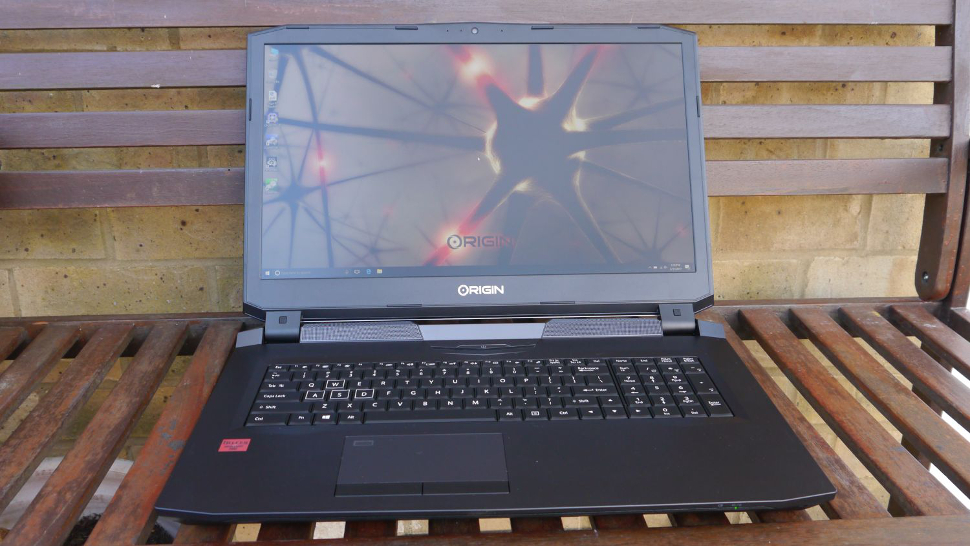Early Verdict
This is one of the most powerful mobile laptops we’ve ever tested, but sadly, it's more of a gaming laptop than a true professional portable workstation. Still, if you want a no-compromise device that can work and play hard, it’s worth considering.
Pros
- +
Outrageously powerful
- +
Decent value-for-money
Cons
- -
No ISV certification
- -
Lacks Xeon/ECC/Quadro options
Why you can trust TechRadar
We recently reviewed the Origin EON17-X, and this is another spin on the laptop which turns it into a Windows 10 Pro-toting workstation.
That underlines one fundamental shift currently happening in the world of high-end computing. The growing popularity of portable gaming rigs has been beneficial to the mobile workstation market as a number of niche vendors have embraced a new potential audience by exploiting economies of scale.

Put simply, a powerful gaming computer can also be – with a few tweaks – transformed into a capable mobile workstation, although you shouldn’t expect advanced functionality like support for Intel Xeon CPUs, professional graphics cards (Quadro or Fire Pro) or ECC RAM.

And to make things even simpler, most of the non-branded laptops on the market are manufactured by a couple of vendors (Clevo and Compal). This helps keep prices down, but the downside is that models are very similar and there’s little opportunity for vendors to set themselves apart.
The Origin NS-17 perfectly illustrates these two points. At its core, it is a gaming laptop (the EON17-X) with Windows 10 Pro (rather than Home) which explains why both versions of the notebook cost almost the same.
Then there’s the fact that the Origin NS-17 looks pretty similar to the PC Specialist Octane II Pro, the Schenker XMG P506, the Eurocom Sky X4E2 or the Workstation Specialists WS-M151.
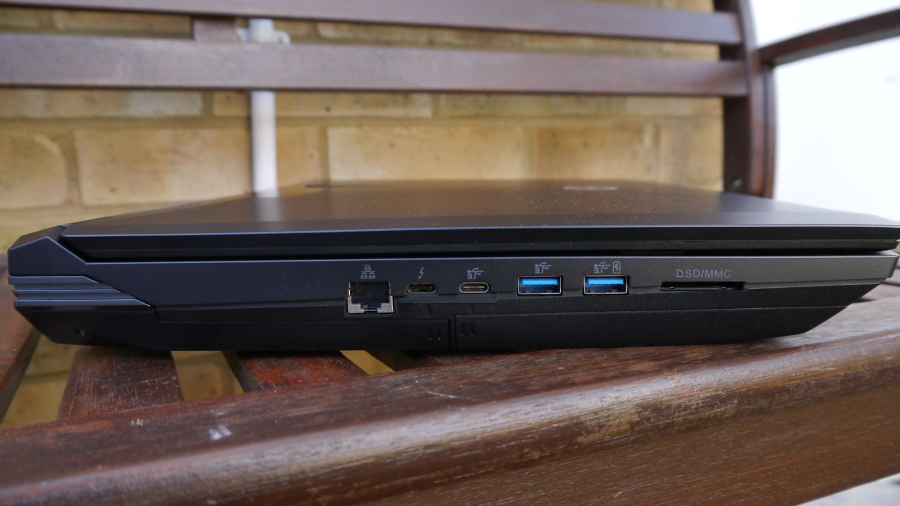
Having a common chassis also means the level of integration demonstrated by what MSI achieved with the WS63 is near impossible, because it goes against the very ethos of what a shared chassis is. The flipside is that you can upgrade most (if not all) components like on a desktop PC.
Sign up to the TechRadar Pro newsletter to get all the top news, opinion, features and guidance your business needs to succeed!
The model we reviewed – carrying the Clevo model number P775DM3-G – has some marked differences compared to its gaming counterpart. It runs an Intel Core i7-7700K processor with 64GB of RAM (Kingston HyperX Impact 2400MHz), a 512GB Samsung 960 Pro M.2 SSD, two 2TB Seagate FireCuda SSHD in RAID-1 for added storage oomph, plus a single Nvidia GeForce GTX 1080 GPU with 8GB of RAM.
The rest of the configuration is identical to the EON17-X model we reviewed back in December 2016.

Sprinkled across the massive chassis (417 x 295 x 406mm) are six USB ports (four 3.0, and the other two are USB 3.1 Type-C), two mini-DisplayPorts, one HDMI, four audio connectors, a Killer E2400 GbE Ethernet port and a card reader, but no optical drive. Wi-Fi is handled by the Killer Wireless AC 1535 solution with audio powered by Sound Blaster X-Fi MB5 paired with some decent-sized speakers.
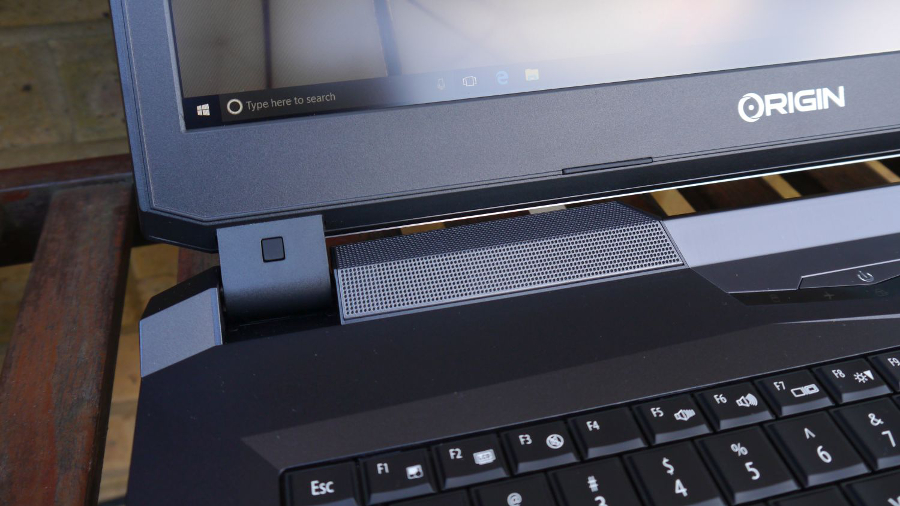
The keyboard is geared towards the gaming community with the ability to customise different colour zones and a decent amount of key travel, plus some good feedback. The touchpad is average with physical buttons and a generous activation area, along with a tiny fingerprint reader.
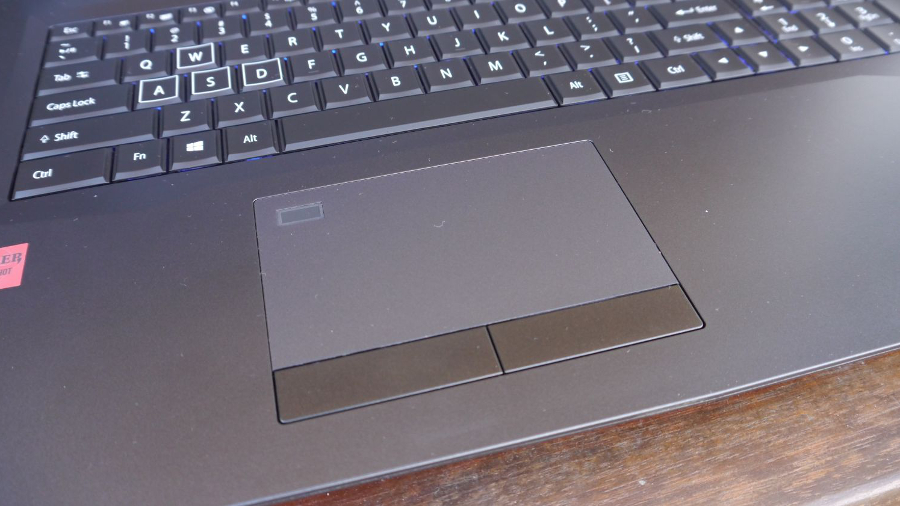
Inside are four SoDIMM slots (all occupied), two 2.5-inch bays (occupied) and two M.2 ones (one of which is free). A lonely 82Whr 8-cell battery powers this behemoth, charged by a massive 330W power supply unit that weighs 1.25kg by itself, adding to the 4.35kg of the laptop.
Enterprise-grade security can be enabled in the BIOS, at the client's request, and drivers loaded during the integration process.
Clearly lugging this around requires a seriously solid backpack or shoulder bag. While the NS-17 is made mostly of plastic, there’s little flex even on the keyboard. This is a sturdy piece of kit, which isn’t a surprise given all the components inside.

You can opt for a 3-year part replacement and free shipping warranty for an extra fee, and delivery in the signature Origin ‘wooden crate armour’; those two extras come in at a cool $310 (about £250, AU$415) and the model we reviewed today retails for a smidgen less than $4,263 (about £3,435, AU$5,690).
Just bear in mind that although Origin ships internationally and the warranty covers all costs for part replacements, shipping costs would be the client’s responsibility if you’re based outside of the US. Ouch.
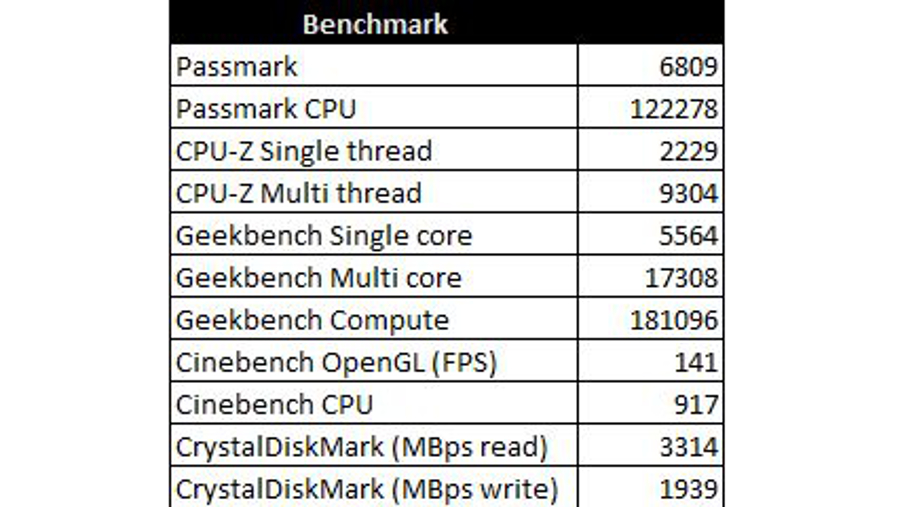
In terms of performance, this is as fast as you can get in terms of portable compute power. It obliterates everything we’ve ever tested up until now from a portable machine, both in terms of CPU and GPU benchmarks (see the table above). Of course, the price to be paid is in battery life and acoustics. Expect whirring fans when the device is under heavy load in order to dissipate the heat generated.
And you can also expect battery life to be poor, especially under load – Origin suggests 2.5 hours of longevity, but we’d half that, particularly with demanding usage.
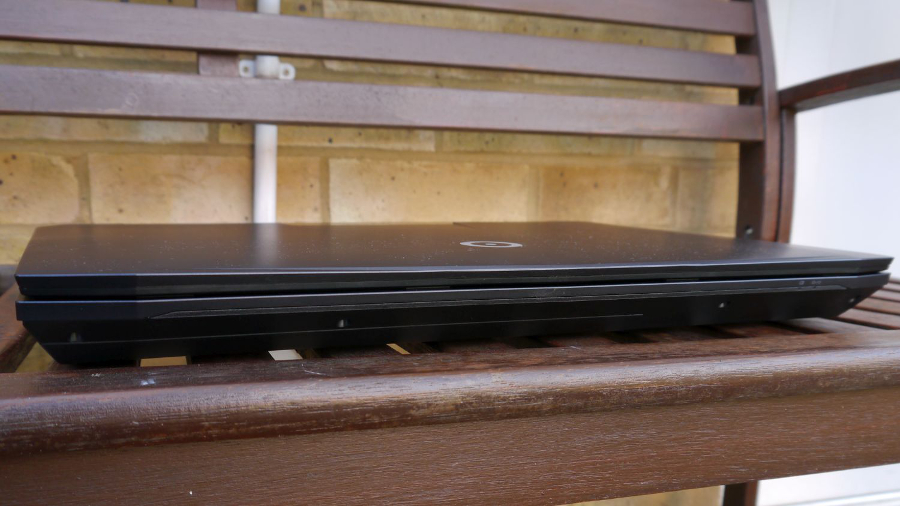
Early verdict
The Origin NS-17 was never going to be an elegant workstation due to the very nature of its construction. In fact, some might even claim that the term ‘workstation’ doesn’t really apply given the lack of next business day warranty out of the box (they offer a custom warranty option though) , support for Xeon/ECC/Quadro and the absence of backing from ISV (e.g. AutoCAD or SolidWorks).
That said, this notebook will still be great for video editing, rendering and photo-editing if the applications used do not require any sort of hardware certification. Note that two other versions of this portable are available, both with twin Nvidia GeForce GTX 1080 GPUs in tandem.
All in all, it is worth shopping around for other options. Whether you’re based in the US or elsewhere, a quick search online using the chassis descriptor will bring up a dozen PC vendors that sell laptops based on this design (Sager/Xiotic, Eurocom, PC Specialist, EVOC, AVAdirect, Ibuypower, Prostar, Scan, MyPC, Novatech and many more).
- We’ve highlighted the 10 best mobile workstations of 2017

Désiré has been musing and writing about technology during a career spanning four decades. He dabbled in website builders and web hosting when DHTML and frames were in vogue and started narrating about the impact of technology on society just before the start of the Y2K hysteria at the turn of the last millennium.
What is a hands on review?
Hands on reviews' are a journalist's first impressions of a piece of kit based on spending some time with it. It may be just a few moments, or a few hours. The important thing is we have been able to play with it ourselves and can give you some sense of what it's like to use, even if it's only an embryonic view. For more information, see TechRadar's Reviews Guarantee.
